Kodak City
Photographer Catherine Leutenegger chronicles the decline of the Eastman Kodak Corporation and the city built by Big Yellow.
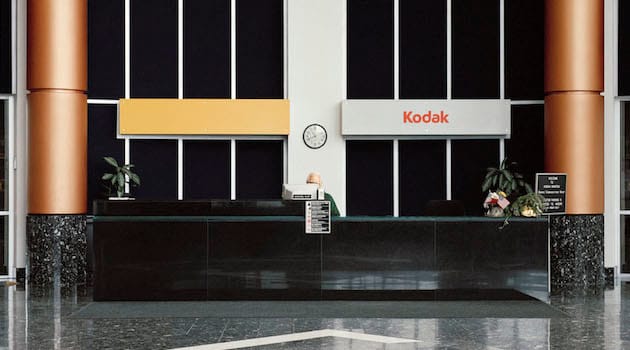
Interview by Rosecrans Baldwin
The Morning News: To start, what did you know about Rochester? What did you know about Eastman Kodak?
Catherine Leutenegger: Prior to my first visit in Rochester in 2007, I gathered documentation about the city and the Eastman Kodak Corporation. Through my investigation I realized that Eastman Kodak in Rochester was the largest employer in the area and ranked as one of the most important industrial parks in the US.
Over the past century, the Kodak brand gained a worldwide reputation and acclaim, but far less attention got paid to the city where the first roll of flexible film was invented in 1888 by Kodak’s founder George Eastman. Therefore I was curious to discover the place where Kodak built its headquarters and its industrial facilities related to film production.
Besides, at that time, as the decrease in the traditional photography business led to the closing or restructuring of many photo-processing labs, I was wondering how the biggest manufacturer of film worldwide was dealing with the digital revolution. Continue reading ↓
Kodak City will be released in the US in late summer. For now, Americans may contact the artist directly to order a signed copy. All images used with permission, all rights reserved, copyright © the artist.
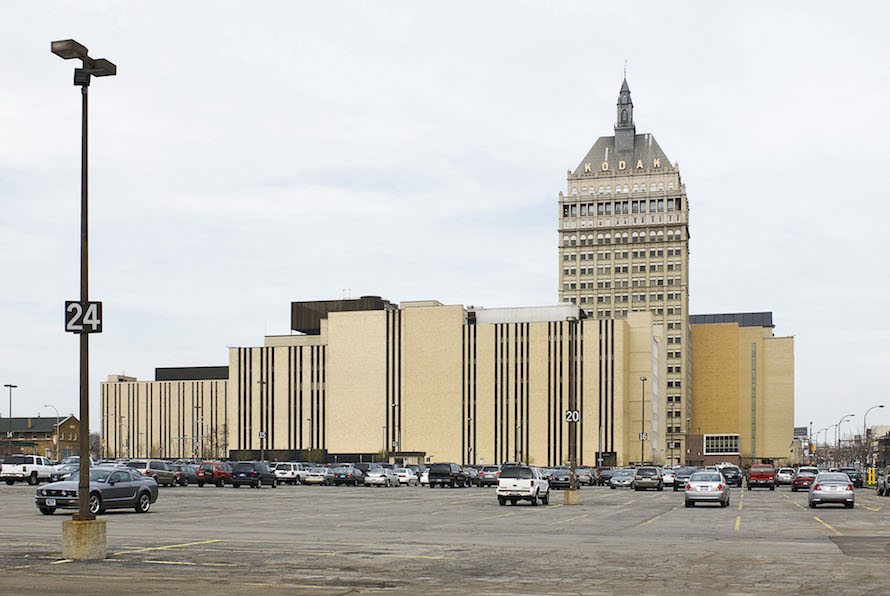
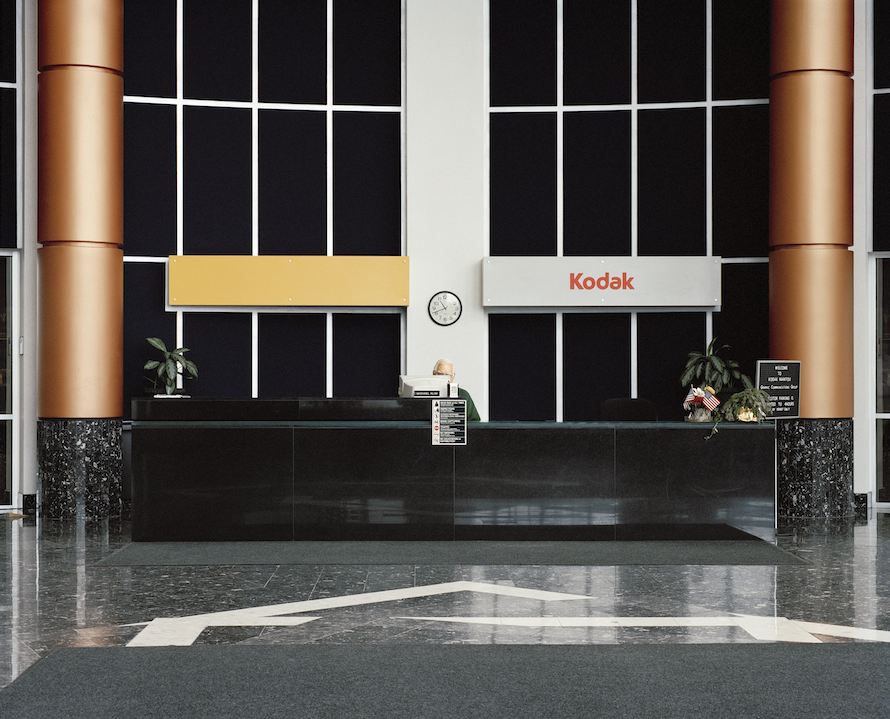
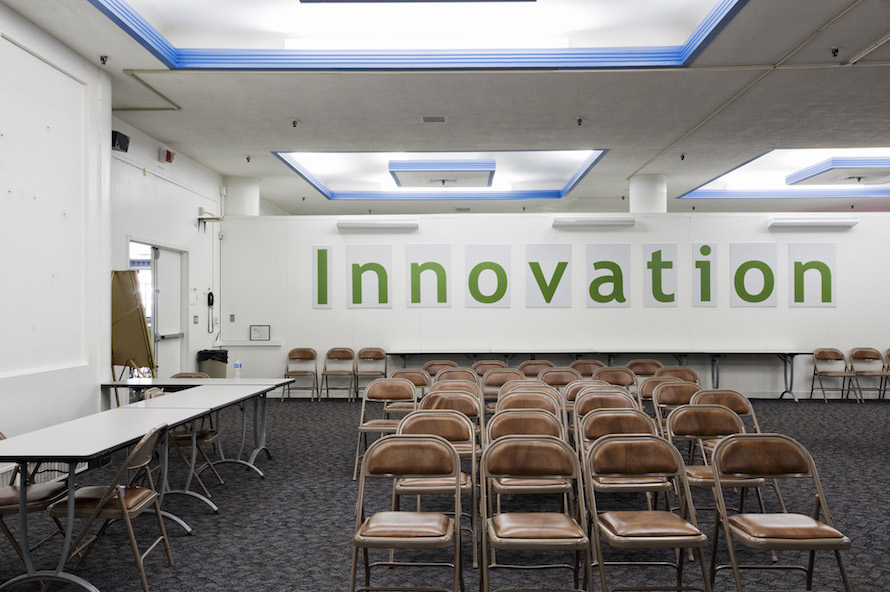
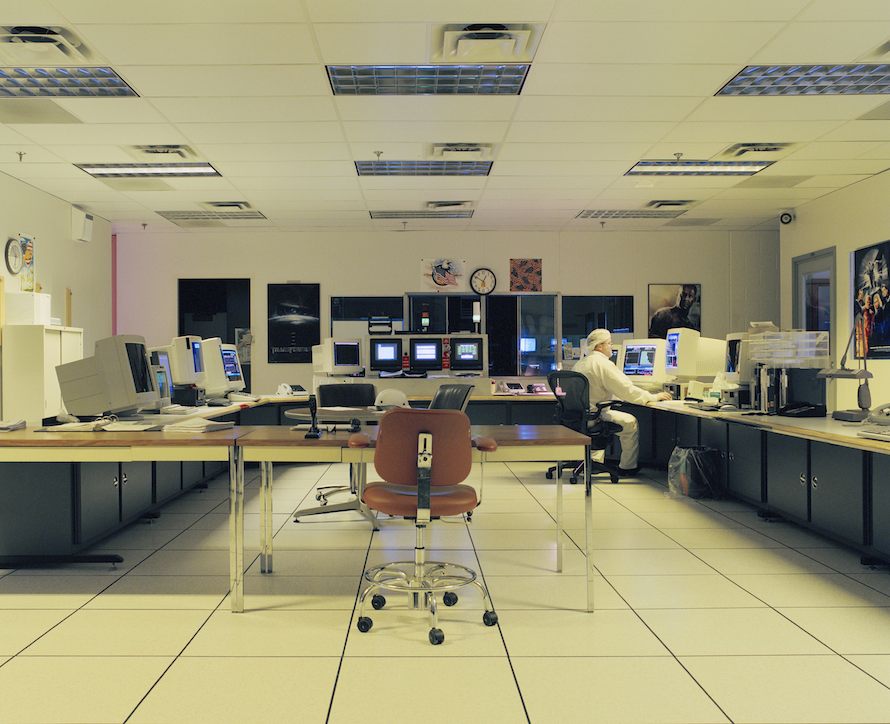
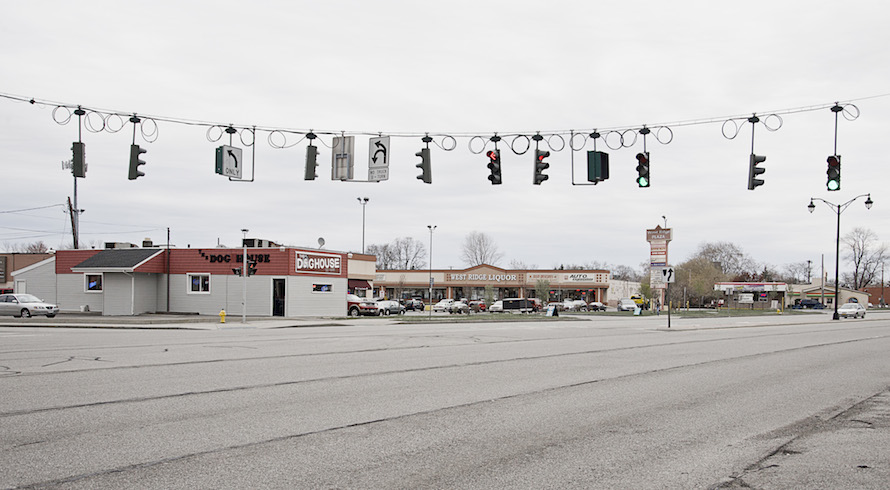
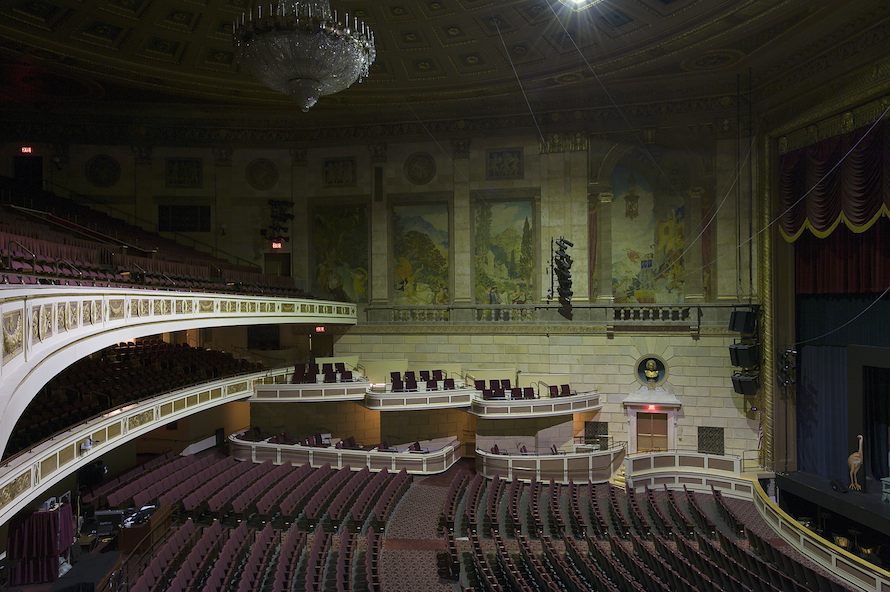
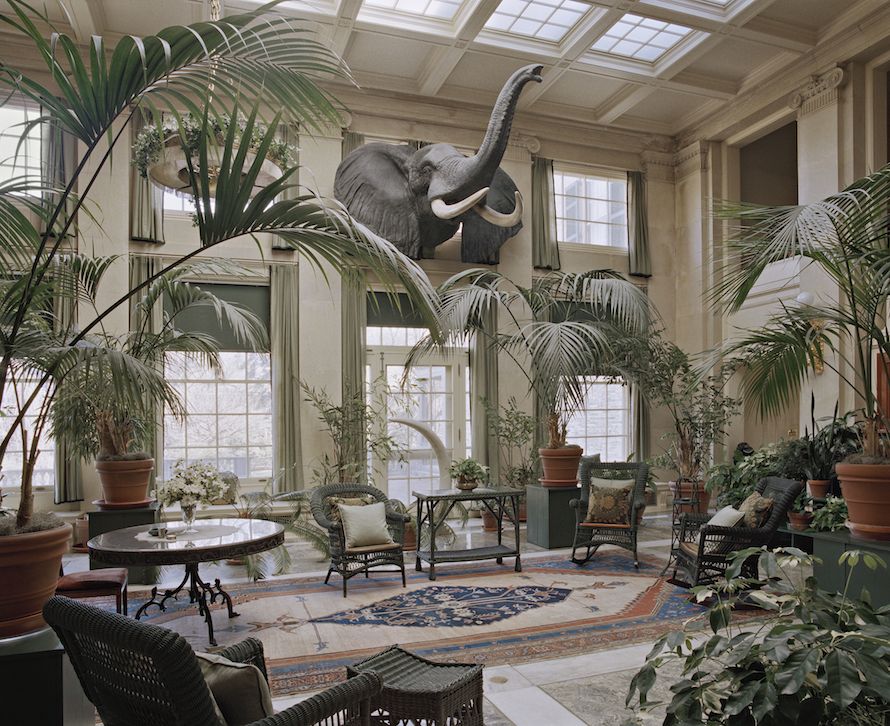
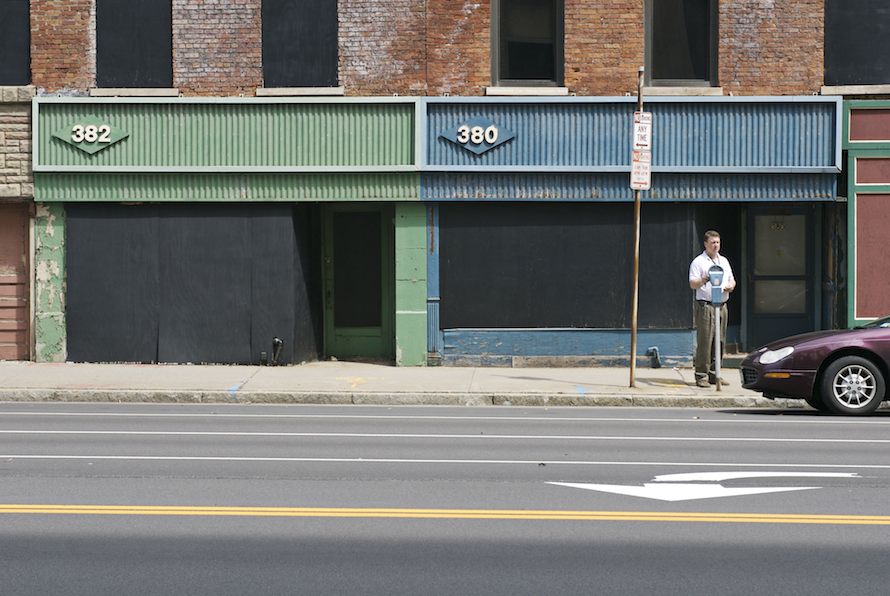
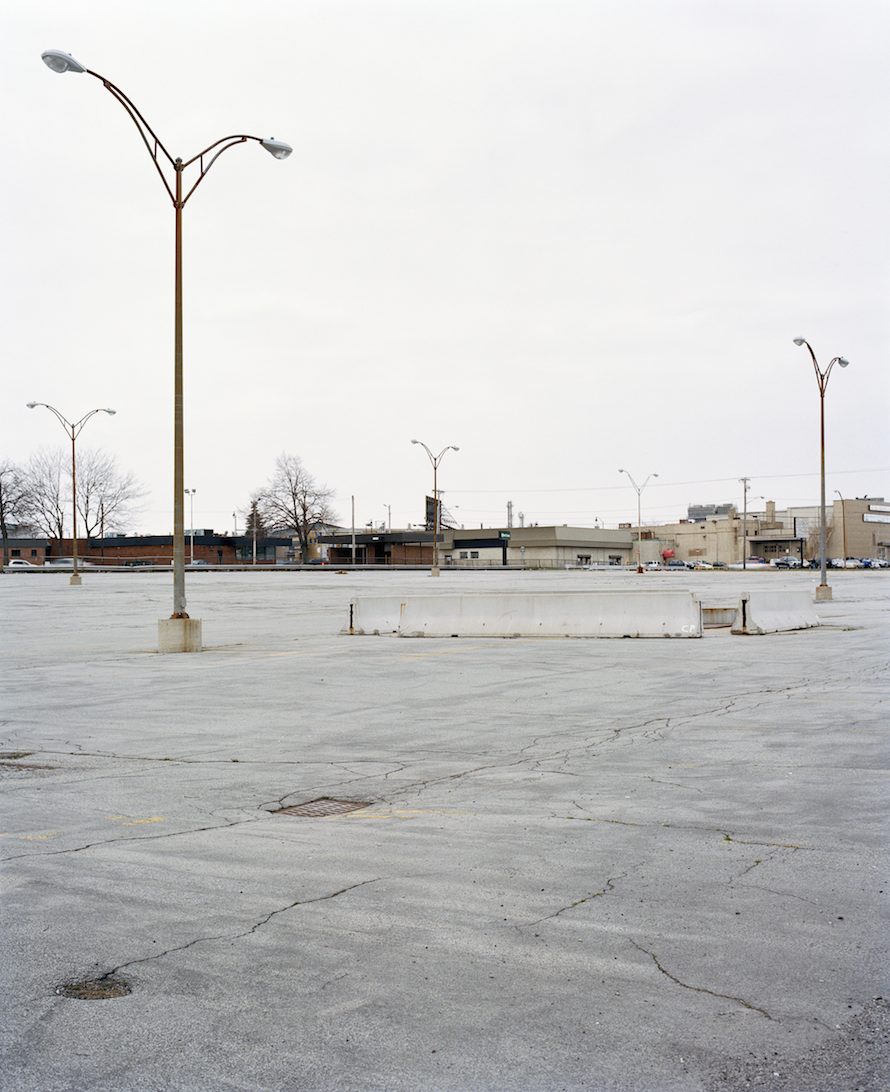
Interview continued
TMN: You’ve said elsewhere that it was difficult to gain access to Kodak’s headquarters. How did you originally envision this project?
CL: I envisioned this project as a documentation of the Kodak interiors: the industrial park and the administration offices. Once in Rochester, I discovered that access to Big Yellow’s facilities was much more restricted and complicated than I had expected—to the point that I almost gave up on my idea. It was difficult to make a convincing case for my project’s historic and artistic value to manufacturers who were, understandably enough, concerned about preserving the brand’s image as a thriving company. These constraints led me to expand my field of investigation to the outskirts of the Kodak empire’s barricades, turning my gaze to the city of Rochester, its central business district, industrial zone, and suburbs—as a reflection of Kodak’s decline.
TMN: What is the palette of Rochester?
CL: Grayish. Rochester has a reputation for gray skies. The old joke is that the 18 percent Gray Card was patterned after a typical Rochester sky at high noon.
Of course this is a personal impression, which was enforced by the fact I decided to visit Rochester between March and April, obviously not the sunniest moment of the year. But I like to work with the light you get during that transitional time of the year, between winter and springtime.
TMN: What happens to Rochester now?
CL: At its peak, Kodak’s employed more than 60,000 people in Rochester. Currently it employs roughly 7,100. Through my interviews with Kodak-ers and ex-employees I’d say the impact was at many levels: mainly, fewer workers with good-paying jobs who could spend money. Local suppliers no longer receiving orders from Kodak. Less tax revenue as a result of a drop in worker income tax, less sales tax, less property tax paid by Kodak. Less contributions to charity from Kodak and its employees. The other loss is that Kodak brought educated technical and business professionals to the Rochester area.
Today education dominates. The University of Rochester, with Strong Memorial and Highland Hospitals, is now the largest employer in the city. It seems Rochester survives economically from Kodak’s decline thanks to its strong higher-education sector, which has been supported by Kodak and its founder’s philanthropic vision.
TMN: As an artist, if a project hits a wall, how likely are you to change direction?
CL: It’s delicate to deal with turnaround situations and unexpected obstacles. Especially when you have a precise idea in mind for a very long time. But I’ve learnt through my experience of doing Kodak City, that sometimes these barriers can be helpful in the working process. You’re suddenly compelled to tell your story from a different angle, maybe in a more subtle and indirect form.
TMN: What’s your favorite camera at the moment?
CL: For my personal work, my preference still goes to my analog camera Mamiya 67 RZ. I like the contemplative and meditative feeling inherent to this type of camera and the use of film.
TMN: Do you use a cell phone camera?
CL: Yes, I have it constantly with me. I like to use it as a diary; taking pictures is like taking notes, an extension of my memory. It’s also a powerful tool of communication. Nowadays you’re better off sending a picture instead of a text message. The image is becoming more central, an ultra-democratized universal language.
TMN: George Eastman reportedly said, “What we do during our working hours determines what we have; what we do in our leisure hours determines what we are.”
CL: In my case, working hours and leisure hours are hardly recognizable—probably like George Eastman’s. With his philanthropist philosophy, he was a pioneer of his time. His life and success story are very unique and admirable. This man was passionate and devoted to his ideas to the point that he dedicated his entire life to his company. I feel the same way with my photo projects—it’s a 100 percent personal investment.
